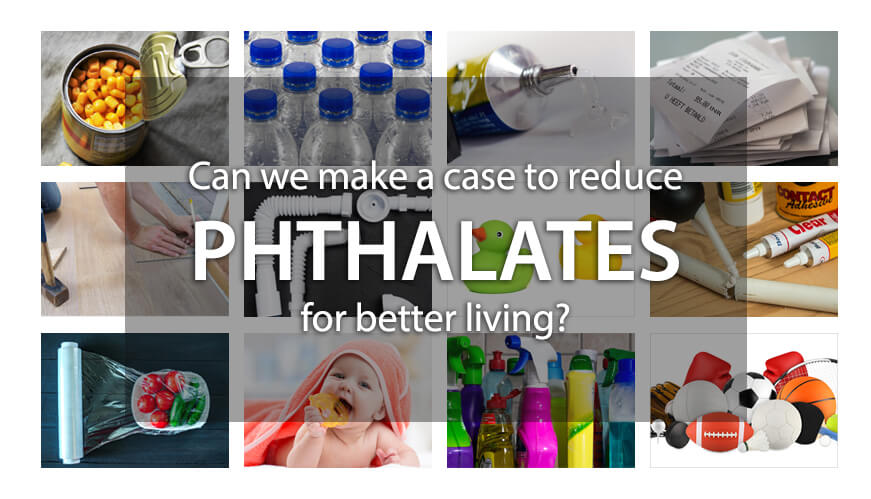
Can we make a case to reduce Phthalates for better living?
Environmentalists, I think, are pretty happy today. The air is cleaner, the grass is greener, the birds are freer and chattering away. However, given that we are quite likely to go back to the way we were, albeit with some changes in behaviour, by and large things will be the same. Can we make small changes, going forward, to ensure that we take more proactive steps towards safeguarding environment.?
What makes the use of plastic harmful?
Much has been said about plastics. In recent times there have been moves to ban single use plastic. But this is easier said than done. There are many areas that the use of plastic is unavoidable. But what is it that makes plastics harmful? Often it is a chemical inside the plastic.
The genetics of certain engineering plastics contain Bisphenol A (BPA). These plastics are used in food containers, epoxy resins and PVC pipes. Manufacturers of baby bottles in the USA have stopped using BPA. Tests carried out in the USA on mothers show that exposure to BPA affects the behavior of young girls.
https://medicalxpress.com/news/2009-10-bpa-linked-aggressive-behavior-young.html
Other plastic products are baby books, toys, thermal paper like cash register receipts. It shows that human exposure to BPA is wide.
Another example of where BPA is harmful is in the manufacture and use of PVC pipes. In India, these pipes are often used by farmers to convey water on their farms. Women and men bathe in this water and some use this water for drinking. This ingestion can be quite harmful for them.
Replacing Bisphenol A with more friendly products
There are environmentally friendly products that can replace BPA in polymers such PVC, polycarbonates and others.
Harmful Phthalates used in Plastics
Another product used in plastics, particularly PVC, are phthalate class of plasticizers. Use of phthalates are unregulated in India and China. Phthalates are hazardous to humans. They are carcinogenic, have reproductive toxicity, endocrine activity and respiratory sensitivity. They are also environmentally hazardous.
Phthalates are not only toxic but have migratory behavior. Phthalates not chemically bound are released into the environment during production, processing, and waste disposal. Once in the air phthalates bind themselves to dust particles in the home and can be carried over long distances. Epidemiologic studies have identified possible association between exposure to phthalates to male reproductive malformation, sperm damage, fertility impairment and female reproductivity tract diseases. PVC products such as plastic tubing, IV storage bags, children’s toys, PVC flooring, dialysis equipment and other PVC products that are made in India are likely to contain phthalates. Registration, Evaluation, Authorisation & Restriction of Chemicals (REACH)and Environmental Protection Agency (EPA) have tried to cover all these aspects while labelling phthalates as a SUBSTANCE OF VERY HIGH CONCERN.
Replacing Phthalates and the way forward
There are many other products like adipates, azelates, sebacates and polymeric plasticizers which can be used in place of phthalates. These do not have substances of very high concern and are REACH registered and environmentally friendly.
With no regulation in India and as majority of the users of harmful chemicals are unlikely to have a change of heart, can the environmentalists also take up the issue of chemicals which harm the health of humans in the same way they fight for clean air and climate change.
Raju Jethmalani
IRTubes Pvt. Ltd., Pune
Share on:
